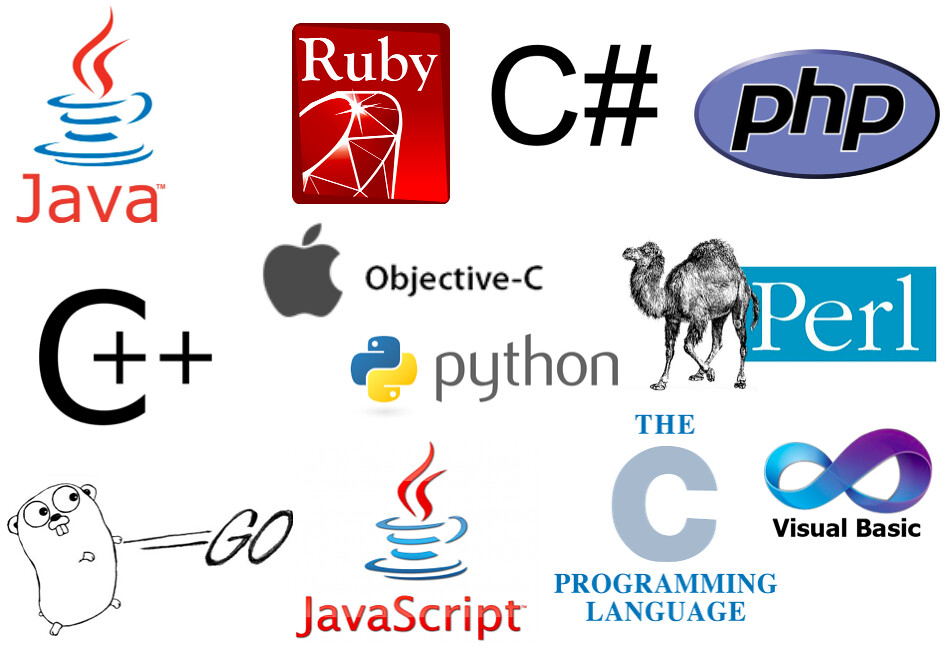By the end of this unit you should:

Read.
There are many types of prototyping. In this course, prototype development refers to the creation of a high-fidelity system that uses working code. The recommended programming language for is Python for NLTK or JavaScript for NLP compromise.
When prototyping there are two key phases: development and evaluation. Evaluation is considered in the following unit, and so only the development phase is discussed in this unit. Development can be divided in multiple ways, but we will use a three-step approach. These steps are:
Each step is detailed in the following activities.

Read.
Software design process can be sub-divided into three aspects:
Here it is necessary to consider how people, systems and devices may interact with the tool. For most tools developed during this course, the primary users will be learners of English. For complex tools, it may be necessary to create a design problem statement to identify the agents involved. This statement will identify environmental events and messages from agents that must be addressed. The events and messages need to be identified as precisely as possible. The specifications for the data input and data output need to be determined. Any relationships between events and message need identification.
In this stage, the major system components are considered. The relationships and interactions between the components need to be identified. In many systems, there will be a client-side user interface and a server-side database interface.
In this stage, the internal components of each of the items in the major system are considered. The relationships, properties, processes, data structures and algorithms need to be considered. Each unit in the system is assigned a functional responsibility. This makes it easy to identify unit states and changes, control interaction and data flow between units.

Work with your team to create a prototype.
If you need any help, ask your peers and classmates. If you need help from your tutor, email him directly. If you have a problem, do not wait until the day before submission!

Watch and listen to this advice on how to solve coding problems (8min 18sec). There are eight steps, all of which should help you.
Get someone who is not on your team to try your prototype. Record their feedback. Then, make any necessary changes to your prototype.
Make sure you have:
Running count: 60 of 60 concepts covered so far.